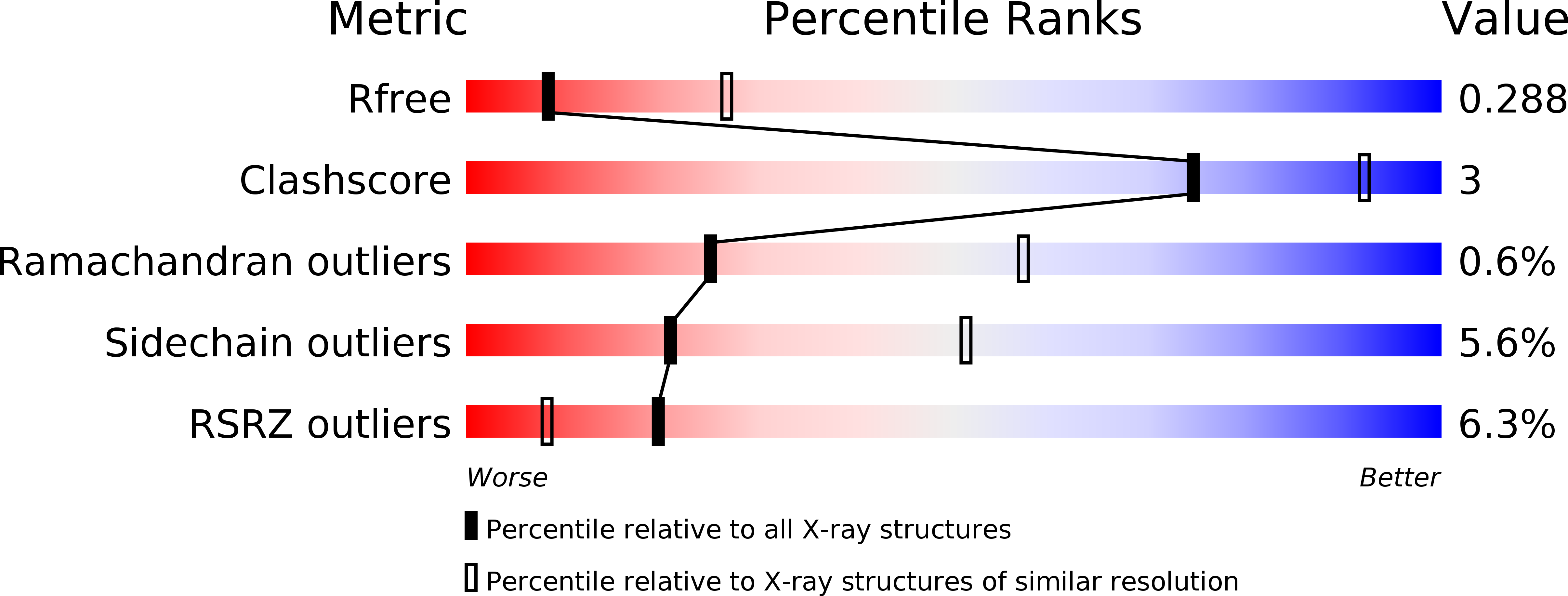
Deposition Date
2014-03-05
Release Date
2014-06-04
Last Version Date
2023-09-27
Entry Detail
Biological Source:
Source Organism:
Magnetococcus sp. (Taxon ID: 156889)
Host Organism:
Method Details:
Experimental Method:
Resolution:
3.08 Å
R-Value Free:
0.28
R-Value Work:
0.25
R-Value Observed:
0.25
Space Group:
C 2 2 21


